I’ve become lazy.
I’ve been an advocate for local and small businesses for a loooong time, but to be honest?
Even with my commitment, I’ve been seduced by cheap, easy food.
(And Amazon…)
Now, to be fair, we still grow a LOT. We raise all of our own beef and chicken (and usually pork), keep milk cows, and grow as many veggies as our Wyoming climate will allow.
But convenience is enticing.
And I realize I’ve become more slack than I’d like to be with my food buying.
I feel like many of us start out with good intention. But it’s easy for willpower to fade when we just don’t have the energy one afternoon to drive to yet another location to pick up that last thing… Or it feels uncomfortable to pay an extra couple dollars for that local beef versus the $10 tubes of who-knows-what beef at the discount grocery store.
And so we fall back into our cheap, easy, fast grocery store routine.
Which works great– until it doesn’t.
Until one day we wake up and see that our addiction to a flawed, centralized, industrial food system with its artificially cheap, subsidized components has resulted in farmers being forced to euthanized THOUSANDS of chickens and hogs, milk being poured down the drain, and vegetables being plowed under.
And the empty shelves glare at us at the grocery store, or we find ourselves rationing meat because you can no longer buy whatever you want at the supermarket and the prices are skyrocketing.
No more, friends.
I’m done.
I don’t care if it’s inconvenient. Or if it costs a little more. Or if I have to get better at scheduling my trips to town to hit the mid-week Farmer’s Market…
I don’t want any more of my dollars to go to supporting this system that doesn’t work. It’s not good for the farmers. It’s not good for the animals. And it’s not good for us.
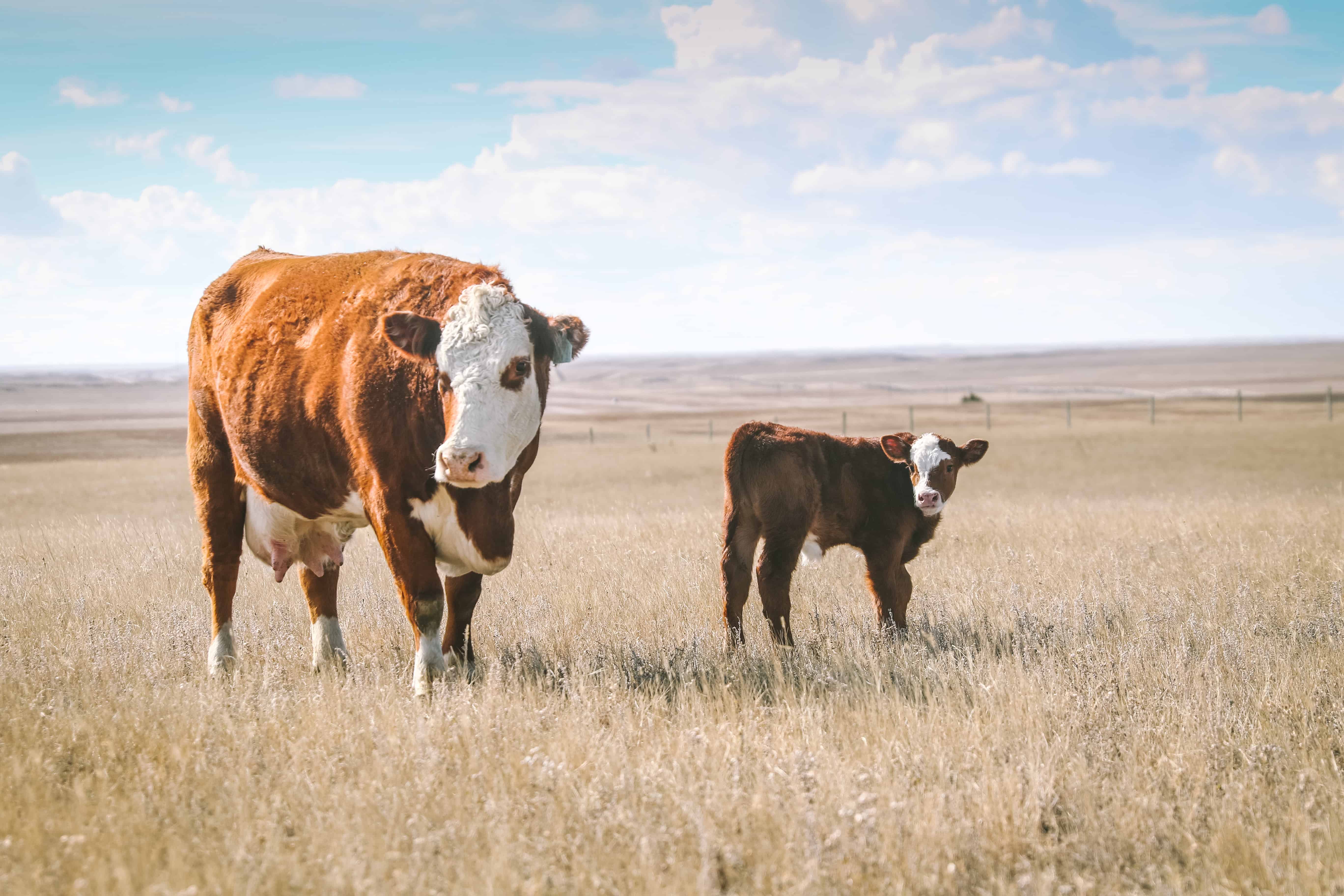
The Silver Lining
As nauseated as I have felt as I have watched the new stories about the recent food waste, I feel a glimmer of hope.
Because I know many of you are feeling the EXACT same way I am.
This is what it takes to ignite a movement.
Does it feel formidable?
You bet.
There is no easy solution. And I realize this is a complex issue with many nuances…
But all revolutions start small. One person at a time.
And this just may be the motivation that we all needed.
The Problem with Local Food
As glorious as local food is, buying (or even finding it) doesn’t always feel intuitive– especially if we’ve only ever purchased everything we need at the grocery store.
Therefore, I wanted to help you create a gameplan today if you’re wanting to buy more local food items, but feel a little stuck on exactly how to do so.
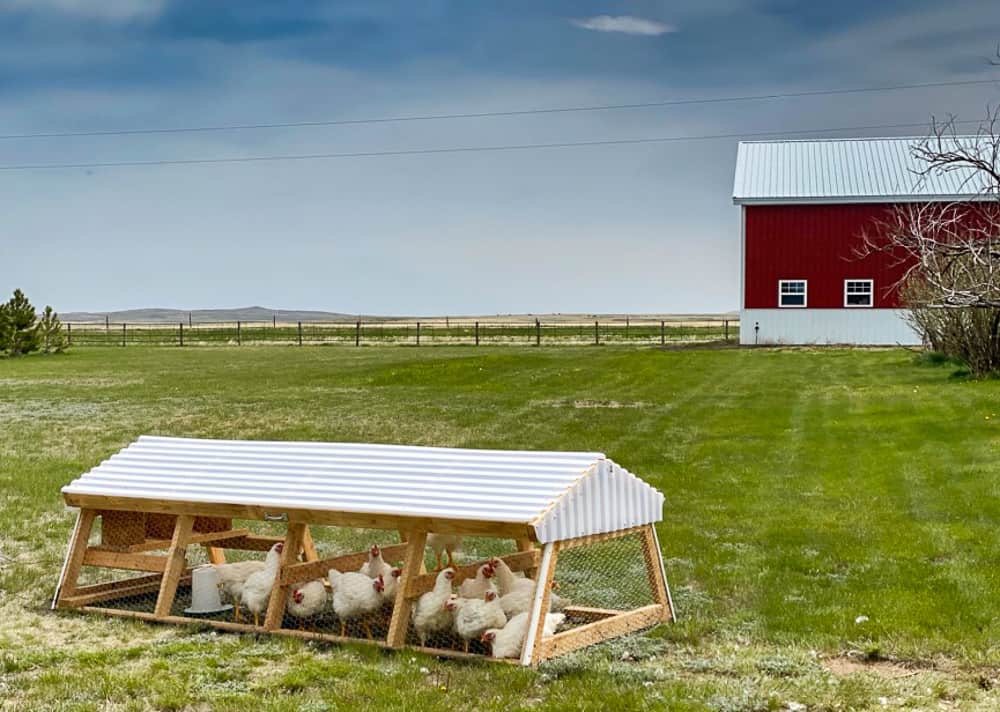
Why Bother with Buying Local?
The reasons are many. Here are a few:
- Local farmers and small businesses need our support and it makes a difference between staying open and closing down (unlike chain stores and mega companies who won’t even notice you’re missing). Here my podcast episode where I discuss why I’m ditching Amazon)
- Buying local means less energy and fossil fuels are required to get the food to your door, which makes the entire system generally more sustainable
- Local food sources help you develop a better connection with your food, especially an appreciation for seasonal eating, which can help you be more aware of what you’re eating and in turn leads to better health and positive lifestyle changes.
- When you support your local growers and producers, you are investing in your local economy. These local businesses are the ones who are providing jobs and pouring back into your community as well.
- Fresh local food almost always tastes better (have you ever compared the taste of a local strawberry to the ones from the generic grocery store?). Trucking our food miles and miles costs us in flavor and nutrition.
- Small local farms often have a wider variety of food. Often, generic grocery stores only offer the same produce due to their dependance on an industrialized, monocrop system. For example: while you might only get standard green beans at the grocery store, you can often find yellow beans, purple beans, and other fun colors/textures/tastes for beans at your local farm.
In a nutshell? Buying from local food sources is better for our economy, better for our health, better for the animals, and better for the environment.
That’s a win-win if I ever saw one.

Roadblocks to Buying Local Food
Though we sing the praises of buying local, but sometimes it’s easier said than done.
Some roadblocks to buying local food sources include:
Living in a Rural Location:
Yep– you read that right. You’d think it’d be the opposite– that small rural communities would have MORE local options, but that’s not always the case. Sometimes farming and ranching communities can be the most challenging, as the producers are focused on producing industrialized crops that are shipped off into the system, and they aren’t set-up to provide local options.
Hassle:
It can be a challenge to drive all over to get your groceries instead of one main grocery store. And I totally understand; even I am guilty of finding local food sources as a hassle from time to time.
Cost:
Yep. Local food can sometimes cost more, for a variety of reasons.
The biggest driver in the artificially-low food prices we are accustomed to at the grocery store is the fact that much of the food is subsidized by the government. Local food producers are not, so they price their eggs, milk, or meat at what it actually costs to produce it.
Additionally, grassfed or pastured meats take longer to grow out than corn or grain fed animals. The longer the producer retains an animal, the more it costs.
Therefore, we MUST remember that as seductive as cheap food from big companies is, it has a very real long term cost. Our culture’s obsession with cheap food is paid for with resulting health issues, impact to the environment, and damage to our local economies that leave as sitting ducks with the industrialized system fails us.
In my Modern Homesteading Manifesto, I introduced the idea of HARD but GOOD. We live in a culture that is so infatuated with EASY, and that’s okay sometimes, but not when it comes at the expense of our health and our economy.
Choosing to buy more local food can be a harder choice, but it’s a good one.
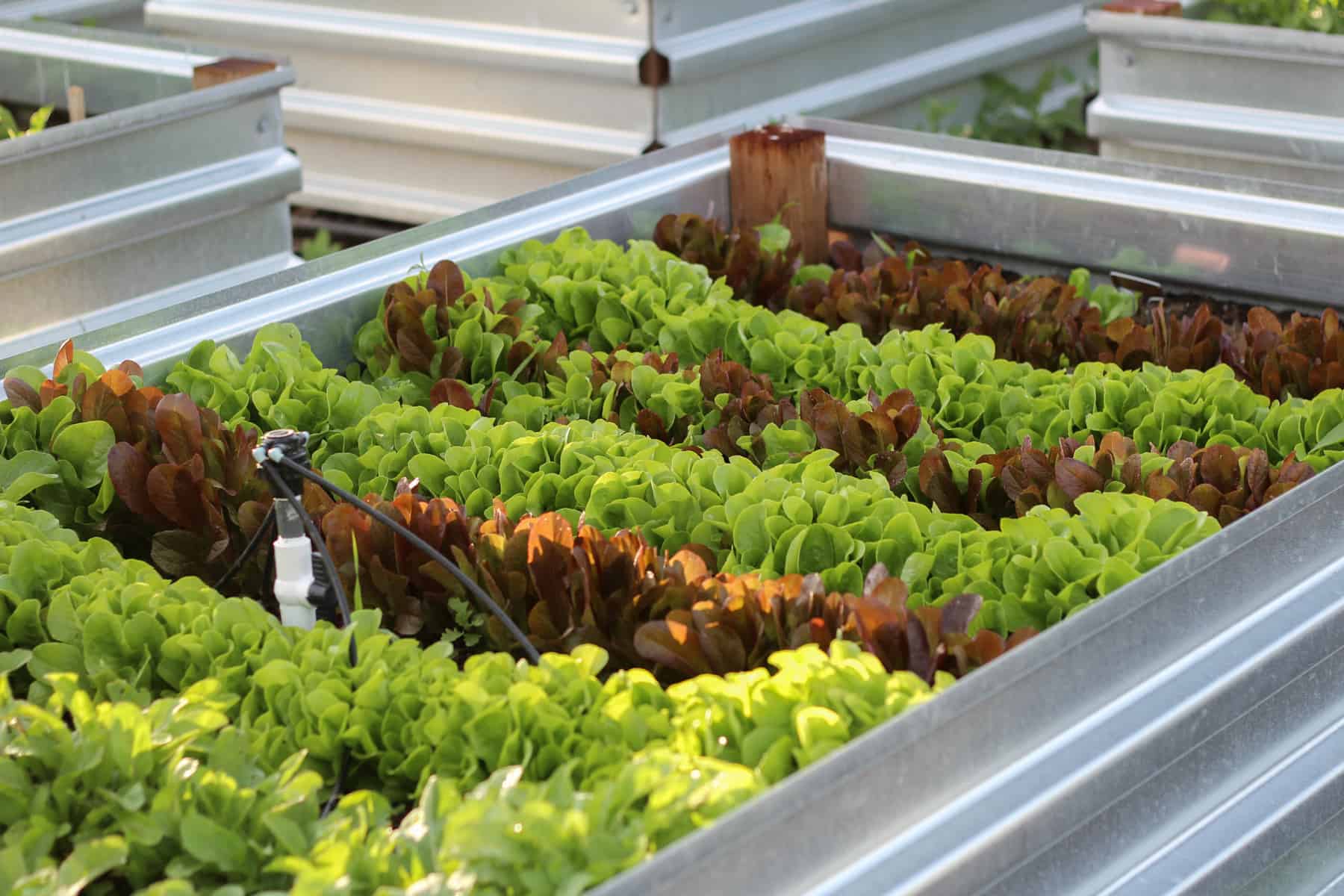
How do you find Local Food Farmers & Producers?
I get a lot of emails from readers who don’t know how to find local food sources, so I did some heavy research to come up with a bunch of different options for ways to locate good-quality local food sources.
Sometimes it takes a little bit of creativity and persistence to hunt down local food options in your area, but I’m willing to bet they are there and they’ll be thrilled to have you as a customer.
Here are a few places where you can begin your search:
1) Start with the United States Department of Agriculture
The USDA website has tons of helpful resources that can help you find local food and farms. Here are a few helpful links on their website:
- On-Farm Market Directory (farmers that sell directly to the consumers from the farm)
- Farmer’s Market Directory (public spaces with farmer-vendors from the region)
- Community Supported Agriculture (CSA) Directory (subscription or membership-based relationships with local farms)
2) Contact your Local Extension Office
Each state has an extension office, which are fabulous resources for anything related to agriculture, gardening, or farming in your area. (Local extension offices are also your best option for getting your soil tested).
Here’s where you can find your state’s local extension office to ask them about local food sources. You can learn great pest control tips and about the best varieties of plants for your home as well as plant sales, local gardens, Master Gardener classes, and more.
3) Search online for a local food directory
Besides the USDA website and local extension offices, you can also find more community-run websites with helpful links for finding local food sources, including farms, CSA’s, u-pick options, and farmer’s markets.
Here are a few of the most popular online local food directories:
The Local Harvest directory lists over 40,000 family farms and farmers markets, as well as restaurants and grocery stores that feature local food. It’s a great way to figure out how to support local agriculture even when you want to eat out.
Eat Wild focuses on pasture-raised or grass-fed meat and dairy options. They include some Canadian and international options as well as links for small farms that will ship their products to you.
Locally Grown provides a simple system for farmers’ markets to move from a traditional setup to a modern online ordering system. Just like at traditional farmers’ markets, growers can fully display all of their goods and set their own prices. And also just like at traditional farmers’ markets, customers can browse through the products and buy from all or just one of the growers. This is a great option for people who love the idea of supporting local food but don’t want to spend their Saturday browsing in a public space at the local farmer’s market.
4) Social media (and Google!) is your BFF
I have noticed that Facebook in particular has exploded with local food buying groups. It’s a fabulous place to crowdsource recommendations. Start out with a group like this one, or even just post on your personal Facebook wall and ask your friends for their best recommendations for local eggs, milk, meat, or produce.
5) Contact your local 4-H club
I’ve talked before about my recent experiences as a new 4-H mom in my podcast. Your local 4-H club (find your local 4-H club here) could help connect you with local food sources and each county generally has a livestock sale each year where you can purchase project animals and support local kids.
6) Connect with a local food co-op or CSA
A food co-op can vary drastically from one town to another. They are usually small stores that stock natural and organic foods and other grocery items. Like large bulk-food stores, you often pay a membership fee to help support the storefront.
Good-quality local food co-ops will connect with local farmers and sell seasonal local foods whenever possible. They could be an excellent source for local food or at least be able to help connect you with local food source options.
This Co-op Directory List is a great place to try to find a food co-op near you.
A Community Supported Agriculture program (CSA) is another option. According to local harvest.org, a CSA works like this:
“A farmer offers a certain number of “shares” to the public. Typically the share consists of a box of vegetables, but other farm products may be included. Interested consumers purchase a share (aka a “membership” or a “subscription”) and in return receive a box (bag, basket) of seasonal produce each week throughout the farming season.”
7) Contact your Weston A. Price Foundation Local Chapter
If you’re a fan of the Weston A. Price Foundation, they have local chapters (find your local chapter here) that can help you find local organic food. According to their website, local chapters often hold local potlucks and other connections to help you learn more about nutrition and healthy food.
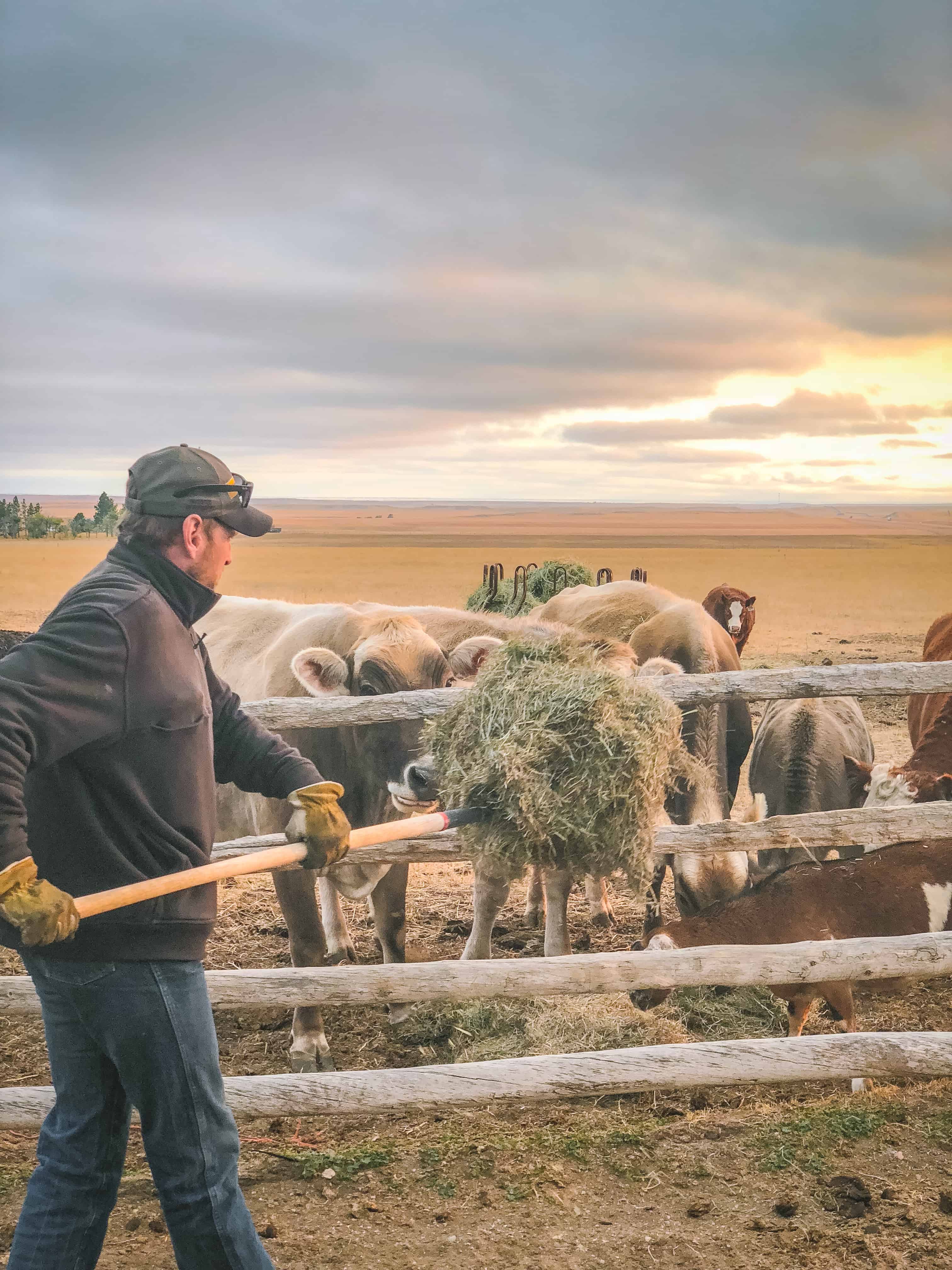
What questions should we ask to local farmers and producers?
One of the very best parts of shopping local? You can actually communicate with the producers of your food. Sometimes farms are even open to the public, so you can actually visit the farms to see how your food is produced (just make sure you contact the farm and make an appointment first).
Local farmers are usually quite proud of their life’s work and will gladly talk to you about how they produce your food.
Note: Please be respectful as you ask questions of your farmer and remember that everything you read on a blog or website isn’t always reality (yes, I realize the irony of that statement, haha).
As we’ve sold our grassfed beef publicly, there have been once or twice that someone has come to us very aggressively determined to find what we were “hiding” in our processes (spoiler alert: nothing)… This sort of attitude will not only put the producer on the defensive, it’s also inconsiderate of their profession as someone who is IN the field usually knows more that someone who has read a few internet articles.
So YES– ask questions. Expect for transparency. Reserve your right to select a different farmer if something doesn’t feel right. But also be respectful.
If you’re wondering what sort of questions you should ask local food producers, here are some ideas to inspire you:
- Do you have any certifications (certified organic, etc.)? (Personally? I will ALWAYS choose a local producer who may not be able to afford certification, over a giant company with the token organic label.
- What sort of pest control do you use? Do you use herbicides/pesticides/commercial sprays?
- What types of soil amendments and fertilizers do you use?
- What type of seeds do you grow (GMO, hybrids, heirlooms, etc.)?
- What do you feed your livestock?
- Do you raise your animals on 100% grass or do you also use grain? (Keep in mind– pigs and chickens are omnivores and don’t do well exclusively on grass– they generally need some sort of grain or other supplementation)
- Do you have a CSA program?
- How do you prepare ____ food from your farm? (most farmers have family favorite recipes they are happy to share)
Feeling Overwhelmed?
Buying local is a process. Don’t expect to have a 100%-locally grown pantry in a week. Pick one food item that is impactful to your diet and start with that. (Meat is a fabulous place to start.)
This won’t be an overnight process, and I’m not naive enough to think that changing our food system is as simple as pounding out my thoughts on my well-worn keyboard, but I wholeheartedly believe in helping folks become more informed so they can one by one, opt out of a flawed and even dangerous system.
“We don’t need a law against McDonald’s or a law against slaughterhouse abuse–we ask for too much salvation by legislation. All we need to do is empower individuals with the right philosophy and the right information to opt out en masse.” — Joel Salatin

My One Wish
Friends, let’s commit to sticking with this.
Even when the pandemic madness dies down.
Even with the meat coolers fill back up.
Even if the grocery store once again feels “normal”.
Remember how you’re feeling right now. Remember that buying local will not only empower YOU, but also your community.
And let’s shift our food system, together. Once and for all.
How to Learn More:
Here are the podcast episodes in case you’d like to listen:
- Episode 120 talks about why I’m ditching Amazon once and for all
- Episode 104 is all about how you can boost your food security (even if you don’t have a homestead)
- And Episode 103 shares how we’re ramping up our own food production this year
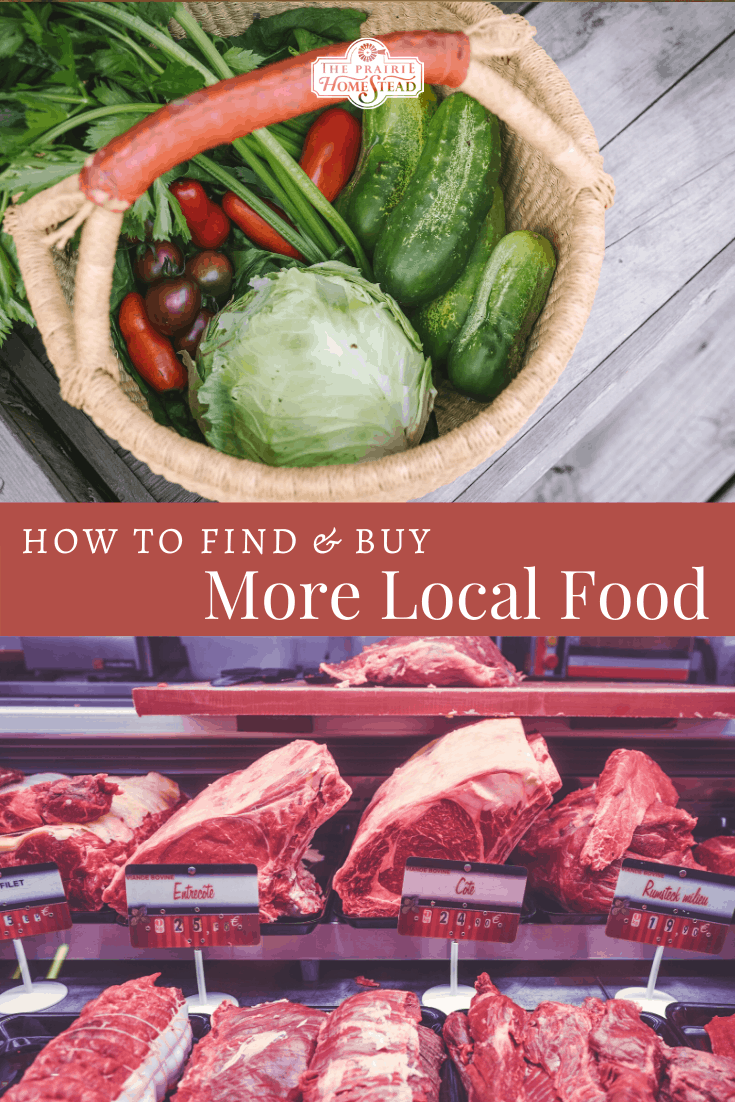
The post How to Start Buying Local Food appeared first on The Prairie Homestead.
Via Gardening http://www.rssmix.com/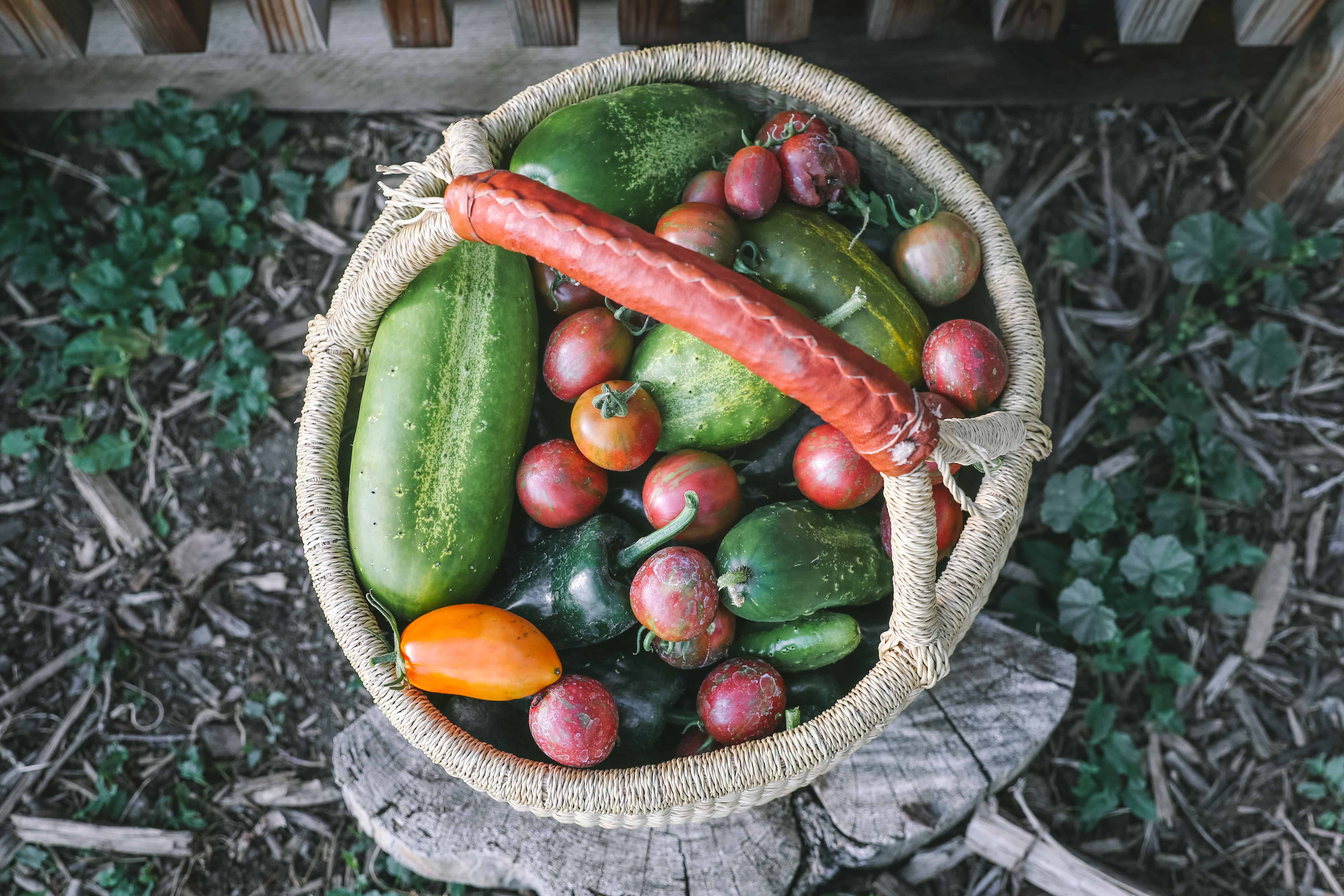
No comments:
Post a Comment